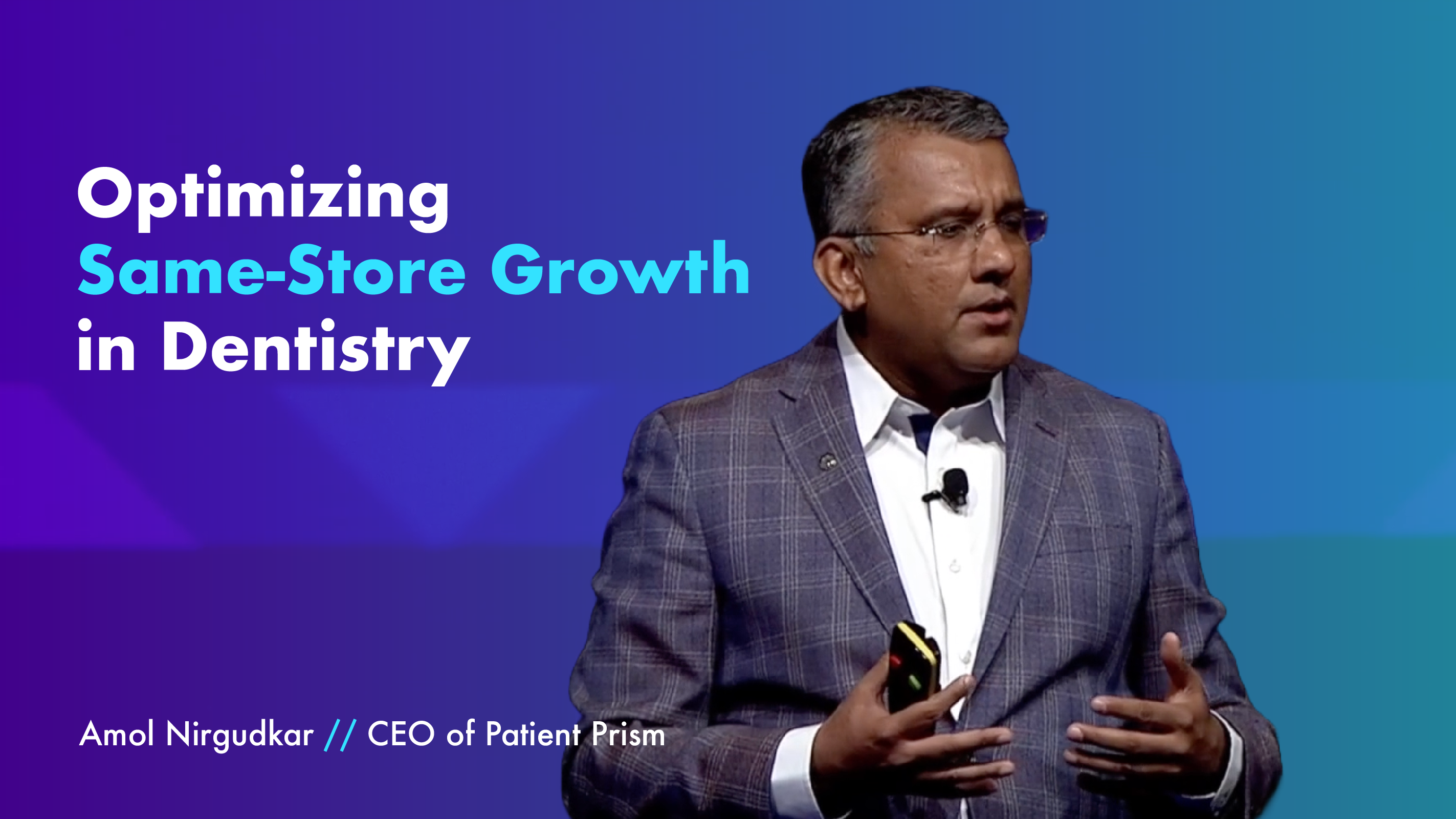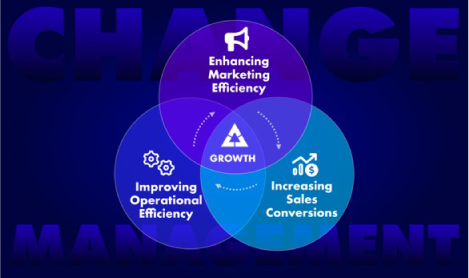The COVID-19 pandemic has left an indelible mark on the healthcare sector, including dermatology practices. This blog delves into how the pandemic has reshaped dermatology, the adaptations practices have made, and the lasting effects on the industry. Additionally, we explore how conversational AI can support dermatology practices in navigating these changes. Immediate Impacts of COVID-19
Decreased Patient Volumes
At the onset of the pandemic, many dermatology practices experienced a significant decline in patient visits due to lockdowns, social distancing measures, and patient fears of contracting the virus. In March 2020, dermatologists saw an average decrease of 62% in patient visits.
Reduction in Elective Procedures
Many elective procedures, including cosmetic dermatology treatments, were postponed or canceled, leading to a drop in revenue for practices that heavily relied on these services.
Operational Disruptions
The need to implement new safety protocols, including enhanced sanitization, personal protective equipment (PPE) for staff, and modifications to office layouts to ensure social distancing, added to the operational burden.
Adaptations to the Pandemic
Teledermatology
One of the most significant adaptations has been the rapid adoption of teledermatology. By leveraging video consultations and digital health tools, dermatologists could continue providing care to patients while minimizing the risk of virus transmission.
Practice Consolidation
The financial pressures of the pandemic accelerated the trend of consolidation within the dermatology industry. Many solo practitioners joined larger group practices or were acquired by private equity-backed entities to better manage operational costs and access advanced technologies.
Focus on Essential Care
Practices prioritized medically necessary treatments and urgent care while elective cosmetic procedures took a backseat. This shift helped maintain a steady flow of patients needing critical dermatological interventions.
Long-Term Effects of COVID-19 on Dermatology
Increased Telehealth Integration
Teledermatology is expected to remain a staple in dermatology practices even after the pandemic. The convenience and accessibility it offers make it an attractive option for both patients and providers.
Enhanced Safety Protocols
Practices have permanently adopted enhanced safety measures, ensuring a safer environment for patients and staff. These protocols have now become standard practice.
Shift in Patient Preferences
There has been a notable increase in patient preference for virtual consultations and remote follow-ups. Patients appreciate the convenience and reduced travel time associated with telehealth services.
Financial Recovery and Growth
As the immediate impact of the pandemic wanes, dermatology practices are seeing a resurgence in patient volumes. Pent-up demand for both medical and cosmetic dermatological services is driving growth, albeit at a moderated pace.
How Conversational AI Can Help
Conversational AI offers numerous benefits to dermatology practices, particularly in addressing challenges brought on by the pandemic. Here’s how it can be leveraged:
Virtual Assistants for Teledermatology
AI-powered virtual assistants can enhance teledermatology services by managing patient intake, gathering medical histories, and assisting with preliminary diagnoses. This ensures that dermatologists have all the necessary information before the virtual consultation, making the process more efficient.
Automated Appointment Management
Conversational AI can handle appointment scheduling, reminders, and cancellations through chatbots, reducing the workload on administrative staff and minimizing no-shows. This is especially useful in managing the increased demand for both in-person and virtual appointments post-pandemic.
Patient Education and Engagement
AI chatbots can provide patients with accurate and timely information about COVID-19 safety protocols, telehealth procedures, and post-treatment care. Engaging patients with educational content helps in managing their expectations and improving adherence to treatment plans.
Enhanced Communication
Conversational AI can facilitate seamless communication between patients and dermatology practices. It can answer frequently asked questions, provide updates on test results, and offer follow-up care instructions, ensuring that patients are well-informed and feel supported throughout their care journey.
Streamlining Administrative Tasks
AI can automate various administrative tasks, such as processing insurance claims and handling billing inquiries. This allows staff to focus more on patient care and less on paperwork, improving overall operational efficiency.
The COVID-19 pandemic has significantly impacted dermatology practices, prompting rapid adaptations and long-term changes in how care is delivered. The integration of teledermatology and enhanced safety protocols has become standard practice, and the industry is seeing a resurgence in patient demand. By leveraging conversational AI, dermatology practices can navigate these changes more effectively, improving patient care, operational efficiency, and overall resilience against future disruptions.
Citations:
[1] https://www.sciencedirect.com/science/article/abs/pii/S0738081X21000213
[2] https://www.ncbi.nlm.nih.gov/pmc/articles/PMC8165081/
[3] https://link.springer.com/article/10.1007/s13671-022-00378-1
[4] https://www.dermatologytimes.com/view/survey-pandemic-s-impact-on-dermatology-practices-and-patients
[5] https://skinive.com/chatgpt-for-dermatology/
[8] https://www.ncbi.nlm.nih.gov/pmc/articles/PMC9783831/
[10] https://derma.jmir.org/2022/4/e38694
[12] https://jamanetwork.com/journals/jamadermatology/fullarticle/2778026
[13] https://skinive.com/teledermatology-ai/
[14] https://www.ncbi.nlm.nih.gov/pmc/articles/PMC9655501/
[15] https://www.ncbi.nlm.nih.gov/pmc/articles/PMC7442948/
[16] https://www.ncbi.nlm.nih.gov/pmc/articles/PMC8043816/
[18] https://research.aimultiple.com/ai-in-dermatology/
[19] https://interexy.com/teledermatology-adoption-in-2024-must-have-features-and-best-practices/







